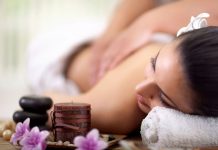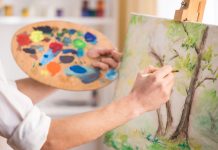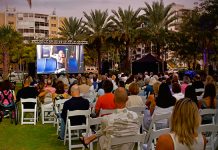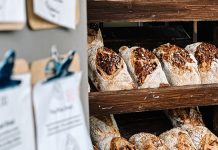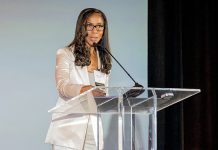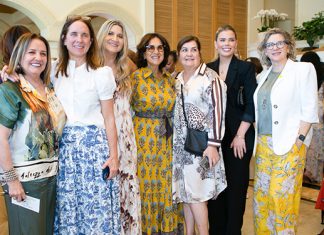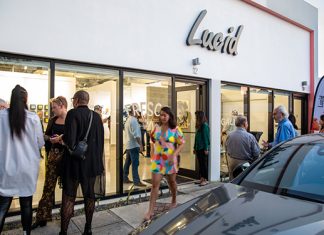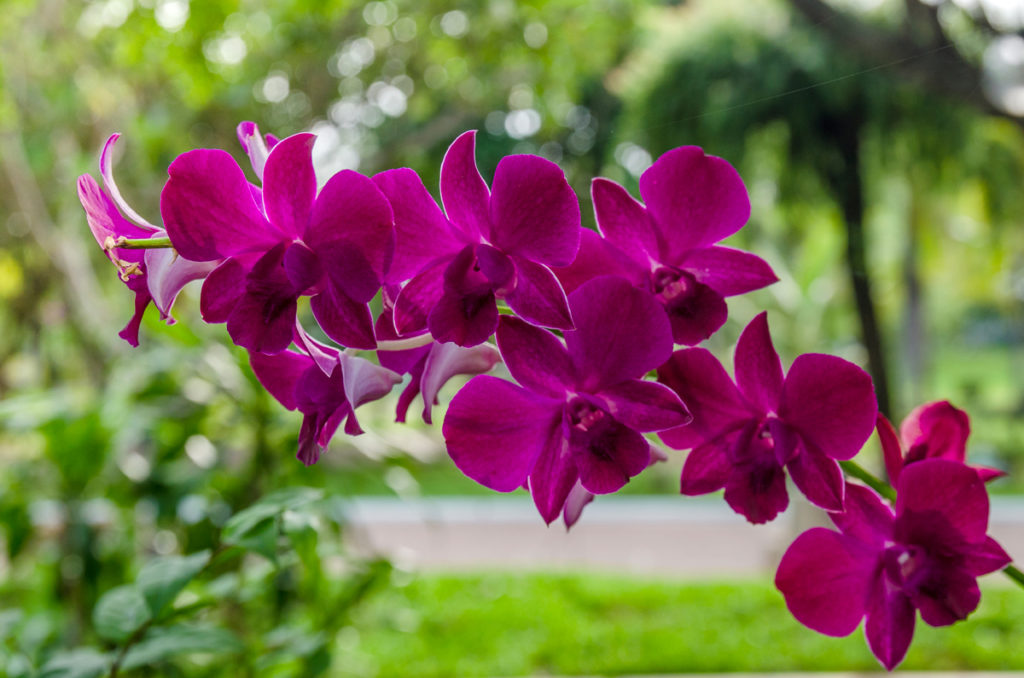
Fairchild Tropical Botanic Garden
Coral Gables is known around the world for its iconic tree canopy and colorful bursts of colorful, tropical flora. Fairchild Tropical Botanic Garden is one of the highlights of the experience. Named after famed plant explorer Dr. David Fairchild (1869-1954), the collection includes 750+ species of flowering trees, rare palms, orchids, cycads, bromeliads, ginger and exotic fruits. It’s also home to the world’s largest collection of bamboo (more than 125 species!) and houses the only rainforest in the continental U.S., featuring waterfalls, cascades, streams and a state-of-the-art misting system. Of particular note is a butterfly house called “Wings Of The Tropics” showcasing thousands of free-flying exotic butterflies from around the world. In 2012, Fairchild became the home of the American Orchid Society, and through the Million Orchid Project, reintroduced several native orchid species back into South Florida’s landscape including the Florida Butterfly Orchid, the Cowhorn, the Cockleshell and the elusive Tiger Orchid, the largest orchid species in the world. In 2015, Fairchild partnered with NASA on the Growing Beyond Earth Challenge to assist scientists with testing edible plants for future space missions. Today, the 83-acre oasis boasts 50,000 members and counting and more than 1,000 volunteers; FairchildGarden.org.
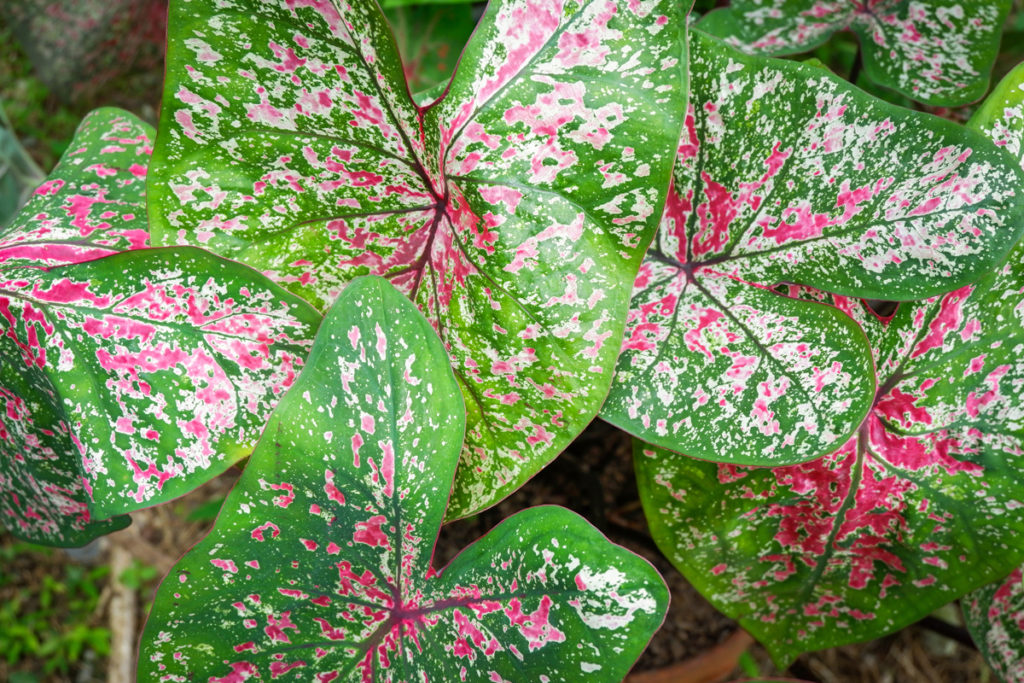
Key West Tropical Forest & Garden
Celebrating its 85th Anniversary, the Key West Tropical Forest & Garden on Stock Island is the only frost-free, sub-tropical nature conservation habitat, arboretum and native botanical garden in the Continental U.S. It was founded by the Federal Government as part of the Depression Era recovery efforts. Since then, it has been faithful to its mission to preserve, protect and sustain Florida’s sensitive tropical ecosystem. Owned by the City of Key West, the historic landmark showcases flora native to The Florida Keys, Cuba and The Caribbean, and emphasizes cultivation of the threatened and endangered species of The Florida Keys. Since its inception, the 15 acres have hosted a whopping nine Big Tree Champions or Challenger specimens including a prized Pigeon Plum, Milkbark, Wild Dilly and Black Olive. The garden is also a major migratory stopping point for neo-tropical birds from all over the world. Recently launching a Virtual Garden experience, the Garden is expanding its mission and evolving into a bright new future; KeyWest.Garden.

Selby Gardens
Sarasota’s Marie Selby Botanical Gardens was founded in 1973 when passionate gardener Marie Selby bequeathed her former home and property “for the enjoyment of the general public.” The 15-acre original Downtown Sarasota campus features botanical highlights such as a captivating banyan grove planted by Marie and her husband, William, nearly a century ago. In 2020, Selby Gardens adopted Historic Spanish Point as a second campus. This cultural landmark less than 10 miles from the original outpost boasts an archaeological record that encompasses approximately 5,000 years of Florida prehistory. A pioneer homestead, the Historic Spanish Point campus provides visitors the opportunity to travel back in time via an ancient collection of middens, mounds and historic structures. It was Palmer’s family who both donated the property and helped it become the first site in Sarasota County to be listed in the National Register Of Historic Places. Selby Gardens is the only botanical garden in the world dedicated to the display and study of epiphytic orchids, bromeliads, gesneriads, ferns, and other tropical plants. Scientists from Selby Gardens have ventured into some of the world’s wildest places to identify, study, collect and learn from these resourceful, remarkable plants. Today, the two campuses — both established by forward-thinking women of their time — offer visitors 45 acres of bayfront sanctuaries for connecting with native nature and learning about tropical plants and regional history; Selby.org.
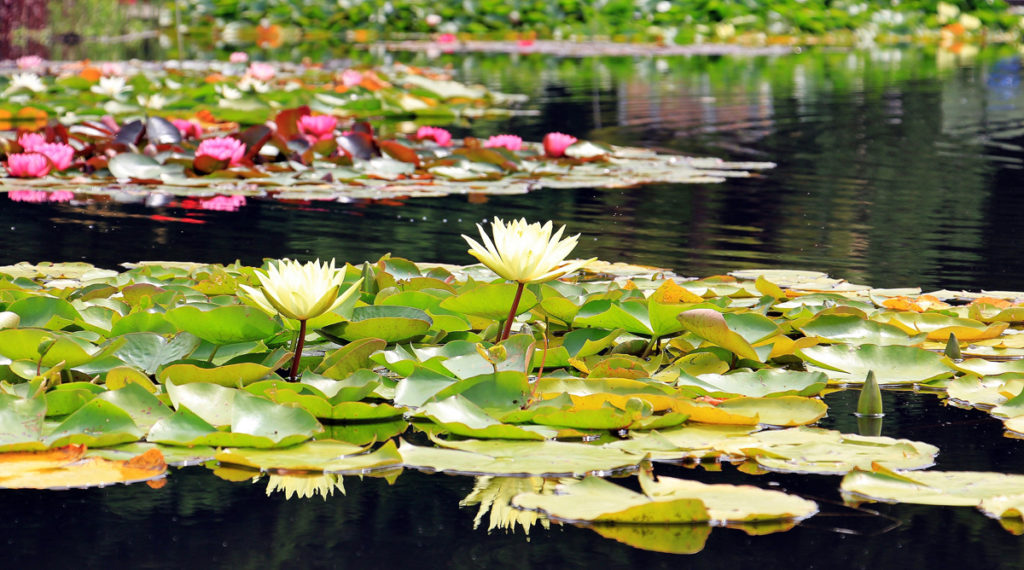
McKee Botanical Garden
Best known for their unique rotating classes and programs, McKee Botanical Garden is a horticulturist’s dream come true. Currently on display are award-winning art installations and workshops on varied topics such as mosaic stones, birdhouse painting and garden yoga. Originally the vision of land developers Arthur McKee and Waldo Sexton, who purchased the 80-acre tropical hammock in 1922 with the intention of cultivating citrus, the property’s natural beauty was deemed too special to disturb so they instead focused their efforts on assembling one of the most outstanding collections of waterlilies and orchids in the world. By the 1940’s, more than 100,000 tourists were visiting the Gardens each year, deeming it one of Florida’s earliest and most popular natural attractions. The Garden’s award-winning orchid collection, unusual fly-trapping pelican flowers and exotic wildlife captivated visitors. Now a Florida Landmark and listed on the National Register Of Historic Places, it is also recognized by the Garden Conservancy as a Preservation Project Of National Significance. McKee Botanical Garden is, as its founders envisioned, a wild place of natural beauty.; McKeeGarden.org.
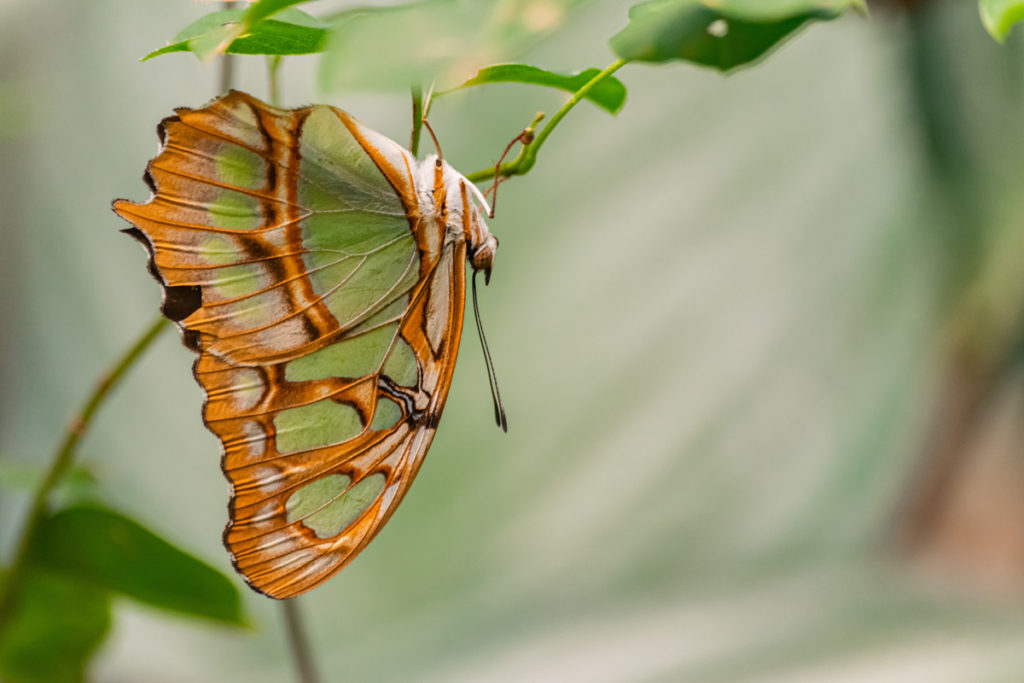
Butterfly World
Butterfly World is the result of one man’s hobby brought to life. Born of Dutch immigrants, Ronald Boender grew up in Illinois and had always had a fascination with the butterflies he found while growing up on his father’s farm. He moved to Florida in 1968, and after retiring from a successful career as an electrical engineer, he decided to actively pursue his interest in butterflies. He began by raising local butterflies and butterfly food plants at his home. When he learned there was a market for “farmed” butterflies for sale to universities and zoos, he established a commercial butterfly farm, producing up to 1,000 butterfly pupa per week. It wasn’t until 1985 that he traveled to England to investigate the mysterious “butterfly houses” springing up overseas and met Clive Farrell, Founder & Owner of the London Butterfly House. The duo subsequently launched Butterfly World in Florida, the first butterfly house in the Western Hemisphere, and the largest in the world. As part of its “Bring Back The Butterflies” campaign, Butterfly World has been instrumental in increasing butterfly populations across the continent and in saving the endangered Schaus Swallowtail, a species of butterfly that is becoming reestablished in South Florida, and may, one day soon, be taken off of the Endangered Species List. Today, the park showcases around 20,000 live butterflies and a Bug Zoo with hundreds of live insects and rare specimens; ButterflyWorld.com.

Alfred B. Maclay Gardens State Park
Geo-seeking treasure hunts, bike trails, nature hikes, fishing for largemouth bass, bream and bluegill, horseback riding and wildlife viewing are just a few of the wild, adrenaline-packed activities at Alfred B. Maclay Gardens State Park. Looking for a less rigorous experience? The gardens feature a picturesque brick walkway, a secret garden, a reflection pool and a walled garden. These masterpieces of floral architecture all started when Alfred Maclay, a wealthy banker and financier from New York, visited Tallahassee in 1923 and was impressed by the huge oaks and pines, beautiful dogwoods and hollies. He decided this would be the place to fulfill his lifelong dream of creating a beautiful garden, and thus made it his winter home. After Mr. Maclay’s death, Mrs. Maclay and her children donated the gardens to Florida. She expressed her wishes that the gardens always be maintained as a memorial to her husband’s life and a tribute to his artistic vision; FloridaStateParks.org.


